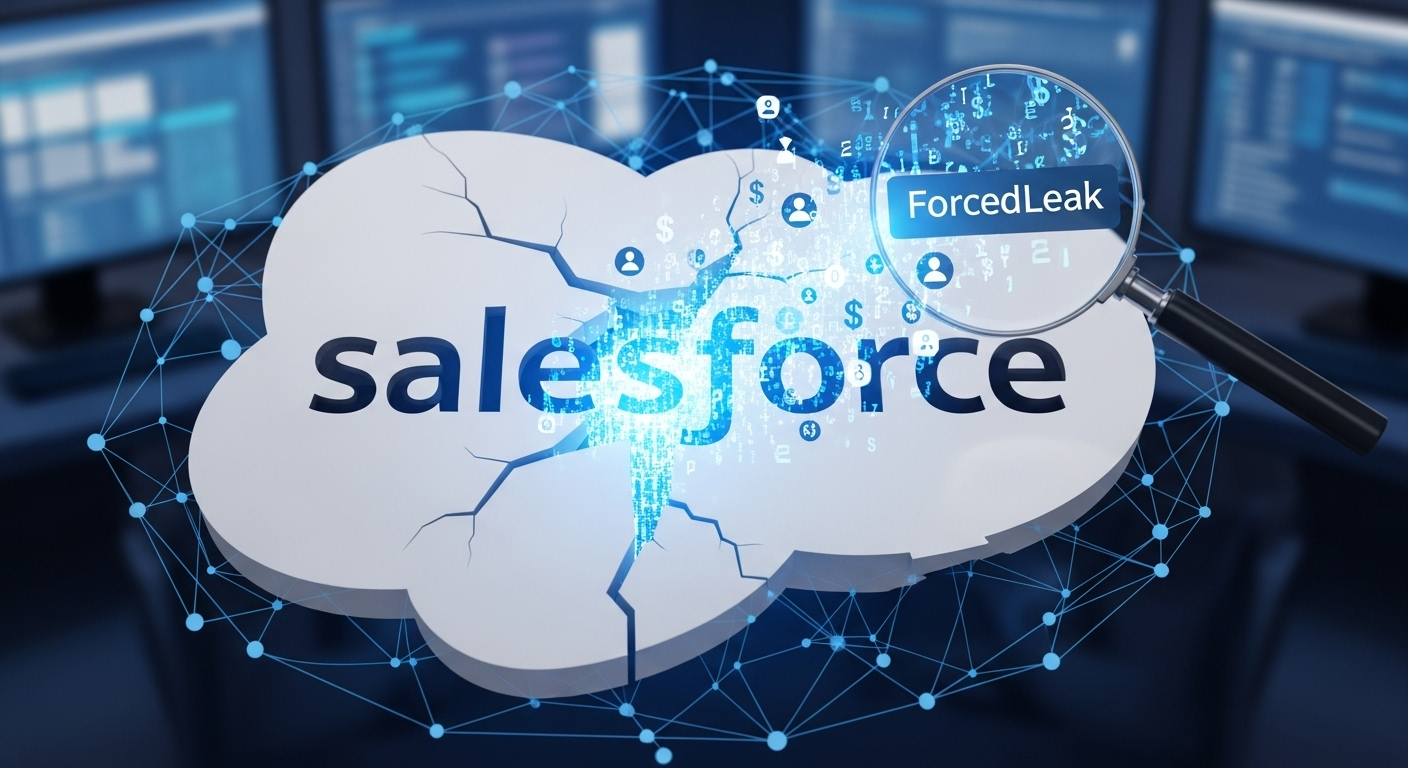UNC1549 Targets Telecoms with LinkedIn Phishing & MINIBIKE Malware: 34 Devices Breached
Subtle Snail: A Deep Dive into UNC1549’s Telecom Attacks
In a sophisticated cyberattack campaign dubbed “Subtle Snail,” the Iran-linked group UNC1549 targeted European telecommunications companies, successfully breaching 34 devices across 11 firms. This campaign, detailed by Swiss cybersecurity firm PRODAFT, highlights the increasing sophistication of state-sponsored attacks. UNC1549’s goal: long-term access to sensitive data and strategic espionage. This report explores the attack’s mechanics, the malicious tools used, and the implications for the telecommunications sector.
Why Telecoms? Understanding the Target
The telecommunications sector is a critical piece of infrastructure, making it a prime target for espionage and cybercrime. Its complex networks, vast data stores, and reliance on sensitive information create many vulnerabilities that attackers can exploit. UNC1549 focused on gaining a foothold in key systems to steal sensitive data and maintain persistent access. The targeting of companies in the United States, the United Kingdom, Canada, France, and the United Arab Emirates suggests a broad strategic objective, likely tied to intelligence gathering.
LinkedIn as a Weapon: The Attack Chain Unveiled
UNC1549 employed a well-crafted social engineering strategy, leveraging LinkedIn to initiate the attacks. Posing as HR representatives from legitimate companies, attackers engaged employees of target organizations, successfully compromising 34 devices across 11 telecom firms. Beyond immediate access, the group aimed to maintain long-term persistence within telecommunications, aerospace, and defense organizations, exfiltrating sensitive data for strategic purposes. The following is a breakdown of the attack chain:
- Reconnaissance: The attackers meticulously scouted LinkedIn to identify key personnel within targeted organizations. They specifically targeted researchers, developers, and IT administrators with privileged access to critical systems.
- Spear-Phishing: They sent spear-phishing emails to validate email addresses and gather additional information, laying the groundwork for the main attack.
- Fake Recruitment: UNC1549 set up convincing HR profiles on LinkedIn and reached out to potential victims with fake job opportunities. These profiles were designed to build trust.
- Malware Delivery: Interested targets received an email to schedule an interview. Clicking a fraudulent domain mimicking companies like Telespazio or Safran Group triggered the download of a ZIP archive.
- MINIBIKE Deployment: Inside the ZIP file was an executable that, when launched, used DLL side-loading to launch the malicious DLL, MINIBIKE. This is the primary payload.
MINIBIKE: A Modular Backdoor with Extensive Capabilities
The MINIBIKE backdoor is a sophisticated and modular piece of malware, equipped with 12 distinct commands to facilitate command-and-control (C2) communication. This allows the attackers to:
- Enumerate files and directories.
- List and terminate running processes.
- Upload files in chunks.
- Run EXE, DLL, BAT, or CMD payloads.
MINIBIKE’s capabilities extend to:
- Gathering system information.
- Logging keystrokes and clipboard content.
- Stealing Microsoft Outlook credentials.
- Collecting web browser data from Google Chrome, Brave, and Microsoft Edge.
- Taking screenshots.
The malware also incorporates several advanced techniques to evade detection and analysis. It utilizes a publicly available tool to bypass app-bound encryption, employs anti-debugging and anti-sandbox methods, and uses control flow flattening and custom hashing algorithms. Additionally, the malware blends its C2 traffic with legitimate cloud services and uses Virtual Private Servers (VPSes) as proxy infrastructure. It also makes Windows Registry modifications to ensure automatic loading after system startup.
Expert Analysis and Industry Insights
Cybersecurity experts have noted the sophistication and persistence of UNC1549’s operations. PRODAFT’s assessment, linking the group to Iran’s Islamic Revolutionary Guard Corps (IRGC), adds a layer of strategic importance. The use of LinkedIn as the initial attack vector is particularly effective, exploiting the inherent trust associated with professional networking platforms. The meticulous tailoring of the attacks for each victim shows a high degree of planning and execution.
The Competitive Threat Landscape
The cyber threat landscape is intensely competitive, with various state-sponsored and criminal groups vying for access to sensitive data and critical infrastructure. UNC1549’s focus on telecommunications and aerospace aligns with the strategic interests of the Iranian government. Other Iranian hacking groups, like MuddyWater, are also active in this space, indicating a broader, concerted effort to compromise critical infrastructure and gather intelligence.
Emerging Trends and Future Developments
Social engineering, especially through professional networking platforms, is a rising trend. Attackers are becoming increasingly adept at impersonating legitimate entities. The creation and deployment of custom malware, such as MINIBIKE, further demonstrate the sophistication of these attacks. The growing use of cloud services for C2 infrastructure also makes detection and attribution more challenging. These trends highlight the need for vigilance and proactive security measures.
Strategic Implications and Business Impact
The UNC1549 campaign presents significant risks for the telecommunications sector. Data breaches can lead to:
- Loss of sensitive customer data.
- Disruption of essential services.
- Damage to a company’s reputation.
- Significant financial losses.
Companies must prioritize cybersecurity, including employee training, robust network security, and proactive threat detection. Moreover, the potential for strategic espionage poses a serious threat to national security. The consequences of a successful attack can be far-reaching, including economic damage, disruption of critical services, and erosion of trust in the telecommunications infrastructure.
Staying Ahead: Proactive Security Measures
The threat from UNC1549 and similar groups is likely to persist. Telecommunications companies must adopt a multi-layered security approach, including:
- Enhanced Employee Training: Educate employees about social engineering tactics and phishing attempts. Regular training is essential.
- Network Segmentation: Isolate critical systems to limit the impact of a breach.
- Endpoint Detection and Response (EDR): Implement EDR solutions to detect and respond to malicious activity in real time.
- Threat Intelligence: Stay informed about emerging threats, vulnerabilities, and attack methods. Subscribe to threat intelligence feeds.
- Regular Security Audits: Conduct regular security audits and penetration testing to identify and address weaknesses.
By implementing these measures, telecommunications companies can significantly reduce the risks posed by sophisticated cyberattacks, safeguarding their critical infrastructure, protecting sensitive data, and maintaining operational resilience. A proactive and adaptive approach to cybersecurity is essential in today’s evolving threat landscape.
